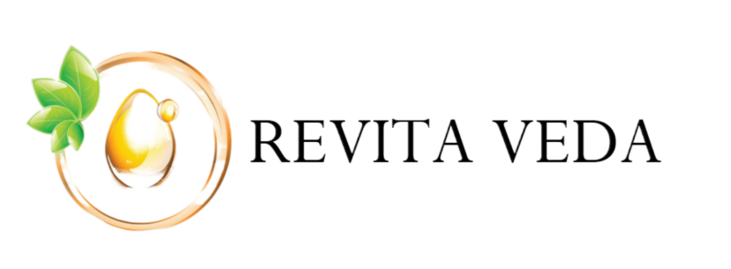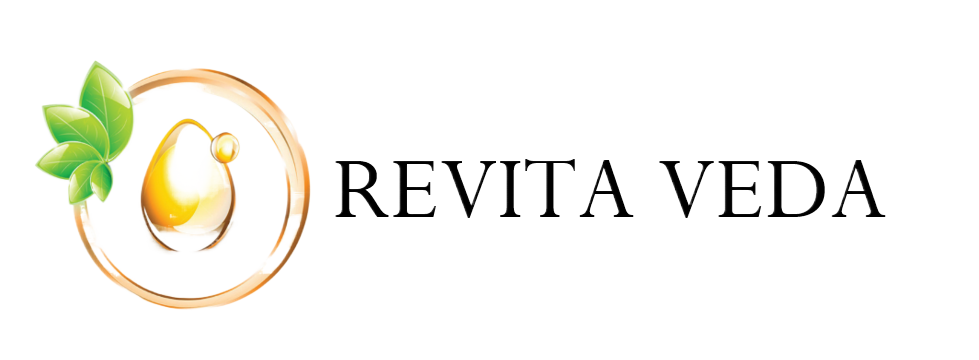Lately in Latvia there’s been an interesting shift in how women talk about menopause. One journalist, currently experiencing this life stage herself, has sparked the conversation by writing a book focused on pre menopause period. She’s a talented communicator, but also a polarizing figure: insightful in some ways, and yet at times seemingly unaware of deeper, alternative perspectives.
Her work is gathering attention because she speaks openly about symptoms, shares stories from other women, and shines a light on a topic that has long been treated with silence or shame. In many ways, this is valuable—finally, women are learning what to expect, what they are experiencing, and that they are not alone.
However, this journalist’s heavy emphasis is on hormonal therapy (HAT) and medicalized approaches. She advocates for pharmaceutical and scientific solutions as the primary path to managing menopause. Her readers—many of whom are in their early 40s or even late 30s—are now rushing to doctors, asking for hormone treatments and menopause-related prescriptions.
This sudden wave of awareness is powerful, but also raises concerns.
Are We Ignoring the Wisdom of Balance?
Of course, modern medicine has its place. But as with any treatment, hormonal therapy has its pros and cons. It might ease one symptom but introduce another long-term effect. It may help in the short run but disrupt the body’s natural balance in the long run.
What’s often missing in this new conversation is a more grounded view: we are nature. Our bodies have rhythms, intelligence, and resilience. Before turning to synthetic solutions, why not explore the wisdom that has supported women for centuries?
A Vedic Perspective on Menopause
In ancient Vedic knowledge, menopause is not seen as a problem to be fixed but as a natural transformation—a transition into a wiser, more grounded phase of life. This approach encourages women to nourish their reproductive system not only for fertility, but for longevity, hormonal balance, and vitality.
While pharmaceutical solutions often focus on suppressing symptoms, Vedic wisdom focuses on restoring harmony in the body, especially through the reproductive and endocrine systems.
Here are precise tools every woman can explore:
🔸 1. Moola Bandha – The Root Lock
Moola Bandha is a yogic energy lock involving the gentle engagement of the pelvic floor muscles.
Practicing Moola Bandha daily:
- Stimulates the hypothalamus-pituitary-ovarian axis, supporting hormone regulation.
- Increases blood circulation to the pelvic organs.
- Helps prevent uterine prolapse and strengthens vaginal muscles.
- Rejuvenates the reproductive system and slows down age-related decline.
How to do it:
Sit in a meditative posture, take a deep breath, and as you exhale, gently contract the perineum muscles (between anus and genitals). Hold for 5–10 seconds. Repeat 10–15 times daily.
🔸 2. Shatkarma: Vajroli Mudra (Advanced)
This is an advanced yogic kriya traditionally used to preserve ojas (vital energy) and support the female body in maintaining youth and inner strength.
- Tones urinary and reproductive organs.
- Helps with vaginal dryness and energy loss associated with menopause.
⚠️ Best learned from a qualified yoga therapist as it involves subtle control of lower pelvic muscles and breath.
🔸 3. Ayurvedic Oil Tampons (Yoni Pichu)
A deeply nourishing practice from classical Ayurveda. A small piece of sterile cotton is soaked in warm medicated oil and inserted gently into the vagina for 20–30 minutes.
- Soothes vaginal dryness.
- Strengthens and rejuvenates vaginal tissues.
- Calms vata dosha, which increases during menopause.
Recommended oils:
- Bala Taila (for strength and tone)
- Ashwagandha Taila (for hormonal balance)
- Shatavari Ghee (lubrication and estrogenic support)
🔸 4. Marma Therapy: Stimulating Vital Hormonal Points
Marma points are energy points in the body, similar to acupuncture but rooted in Ayurveda.
- Gently massaging Stanya Marma (chest), Nabhi Marma (navel), and Apanga (outer corner of eyes) helps balance shukra dhatu (reproductive tissue) and calms emotional tension.
Try: Sesame oil + a drop of rose or jasmine essential oil for marma massage. Especially effective before sleep.
🔸 5. Rasayana Herbs: Hormonal Rejuvenators
Instead of suppressing menopause, Ayurveda supports graceful transition using rasayana (rejuvenating) herbs:
- Shatavari – “Queen of Herbs” for women. Supports estrogen balance, vaginal health, and mood stability.
- Ashoka – Known to regulate menstrual flow and reduce hot flashes.
- Guduchi – Detoxifying and anti-inflammatory, supports liver health (vital for hormone metabolism).
- Lodhra – Rejuvenates uterine tissues.
These herbs are best taken in powdered form (churna) or as decoctions under Ayurvedic supervision.
🔸 6. Nasya with Brahmi Oil
Daily oiling of the nostrils with Brahmi or Shatavari ghee helps calm the nervous system and regulate the hypothalamus, which governs hormonal rhythms.
How to do it: 2 drops of warm oil in each nostril in the morning, followed by a few deep breaths.
When these practices—such as Moola Bandha, Ayurvedic herbal support, yoni pichu, and marma therapy—are introduced in advance, before the first signs of menopause appear, they can help preserve hormonal function, slow down reproductive aging, and in many cases, delay menopause naturally. Ayurveda views this as not only possible but desirable, supporting women to stay vital, fertile (energetically and hormonally), and radiant for longer.
Conclusion: Let’s Not Forget the Natural Way
It’s not wrong to seek medical help. But we should be wise, not reactive. Before reaching for hormone pills, it’s worth asking: What does my body truly need? Can I first support it naturally?
We must remember that our reproductive system is not just about fertility. It plays a crucial role in keeping our bodies youthful, balanced, and alive. Rather than shutting it down early with drugs, we can nurture it to serve us well into midlife and beyond.
So yes, let’s talk about menopause. Let’s break the silence. But let’s also include the voices of ancient wisdom—and trust that our bodies are capable of much more than we’ve been led to believe.
-

Sensual & Aphrodisiac Body Oil & Aromatherapy massage
15,69 € inc. VAT -
Sale!

Natural Oil Based Shampoo for hair growth
Original price was: 27,99 €.20,99 €Current price is: 20,99 €. inc. VAT -
Sale!

Organic Oil Based Body Wash | caring shower oil
Original price was: 23,00 €.15,00 €Current price is: 15,00 €. inc. VAT -

Body Oil Relax & Massage Oil & Aromatherapy
14,90 € inc. VAT -
Sale!

Body Oil Clean & Detox & Massage Oil
Original price was: 14,90 €.11,90 €Current price is: 11,90 €. inc. VAT -
Sale!

Body Oil Energising & Metabolism booster & Muscle tone relief
Original price was: 14,90 €.11,99 €Current price is: 11,99 €. inc. VAT


